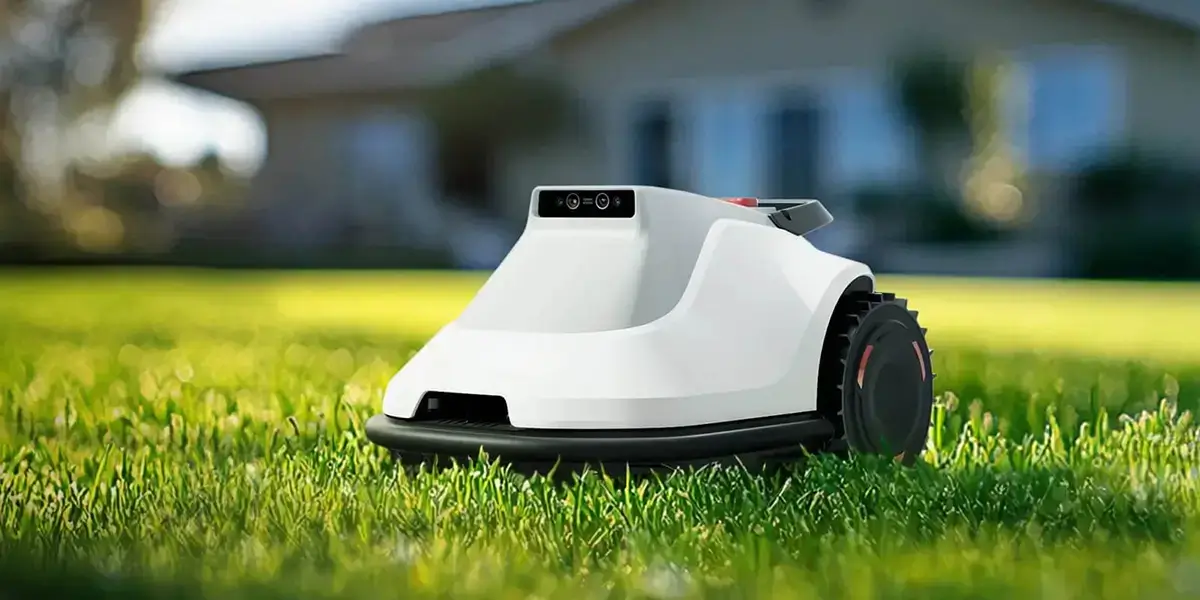part 1: Understanding Micro Servo Sensors: A Foundation for Success
Micro servo sensors are compact, versatile components that have revolutionized robotics, automation, and hobby electronics. Known for their precise control, ease of use, and small form factor, they allow engineers and enthusiasts alike to bring their ideas to life—be it for robots, remote-controlled vehicles, or automation projects. But before diving into complex projects, mastering how to properly attach and connect a micro servo sensor is fundamental.

What is a Micro Servo Sensor? A micro servo sensor is a type of actuator that provides rotational motion based on electrical input signals. Unlike traditional long servos, micro servos pack a lot of power into a tiny package, typically measuring around 1 to 2 centimeters in size. They usually consist of a small motor, a gear train, a control circuit, and positional feedback sensors — often potentiometers — that allow precise control of their position.
These devices are most commonly used to control movement in robotic limbs, camera gimbals, or small mechanical arms. The key to harnessing their potential lies in understanding their structure, pin configuration, and how they interact with controllers.
Components and Features of a Micro Servo Sensor:
Power Pins: Usually labeled as VCC (or +), and GND (or -). Connecting these correctly ensures your servo receives consistent power. Signal Pin: Often marked as ‘S,’ ‘PWM,’ or ‘Control.’ This pin receives the control pulse from a microcontroller or servo driver. Size and Weight: Micro servos are designed to be lightweight and small, facilitating use in tight spaces or lightweight applications. Torque and Speed Ratings: Knowing the power output aids in selecting the right micro servo for your project.
Selecting the Right Micro Servo for Your Project Before attaching anything, pick a micro servo that aligns with your needs. Consider factors like torque (how much force it can exert), speed, size, and power requirements. Check if the servo operates on the voltage supply your system provides (most work on 4.8V to 6V), and ensure it has compatible control signals.
Tools and Materials You Need To attach and connect your micro servo sensor properly, gather the necessary tools and components:
Micro servo sensor(s) Compatible power supply (battery pack or DC power source) Microcontroller or control board (like Arduino, Raspberry Pi, etc.) Connecting wires or jumper cables Breadboard or prototype board for testing Small screwdriver or screwdriver set (if mounting hardware is included) Mounting brackets or mounting hardware (optional but recommended) for secure placement Soldering iron (if permanent wiring is needed)
Preparing the Micro Servo Sensor for Attachment Before physically attaching the servo, inspect it thoroughly. Check the pins and connectors for any damage, and make sure the shaft rotates freely when powered (if tested beforehand). Planning how the servo will fit into your design is essential; consider where the moving parts will be connected and whether any mounting brackets are needed.
Step-by-Step: How to Attach a Micro Servo Sensor This process can be broken down into manageable steps:
Identify Pinout and Connectors: Most micro servos have three wires: power, ground, and control. Confirm their positions by checking the datasheet or labeling on the servo. Typically, the wire colors are: Red or Orange: Power (+VCC) Brown or Black: Ground (GND) Yellow, White, or Signal: Control signal
Secure the Micro Servo on Your Frame or Mount: Use a mounting bracket, screws, or adhesive to keep the servo in a fixed position. For hobby projects, plastic or metal brackets are common. Ensure the servo’s output shaft aligns properly with the mechanical linkage or component it will move.
Connect Power and Ground Wires: Using jumper cables or soldering, connect the red (or respective power wire) to your power supply (+) and the ground wire to the system ground. Make sure your power source can deliver enough current for your servo’s torque requirements, especially under load.
Wire the Control Signal: Connect the signal wire to your microcontroller’s designated PWM port or control pin. When connected, the microcontroller will send control pulses to the servo to set its position.
Test the Connection: Power on your system and run a basic servo test sketch or program. Send intermediate position signals (e.g., 90°, 0°, 180°) to check if the servo responds correctly. If the servo doesn’t move, verify your wiring and ensure your power supply provides enough current.
Ensuring Proper Operation and Safety
Always check the voltage ratings to avoid overvoltage. Use a common ground between power supply, control device, and the servo. Add a small capacitor across the power and ground pins if you notice flickering or noise—this helps smooth out power fluctuations.
Common Mistakes to Avoid When Attaching a Micro Servo
Connecting power or control wires incorrectly or reversing polarity. Overestimating the power supply capabilities, leading to servo stalls or damage. Mounting the servo loosely or in a way that restricts movement. Forgetting to implement limit stops in software or hardware to prevent over-rotation.
Established in 2005, Kpower has been dedicated to a professional compact motion unit manufacturer, headquartered in Dongguan, Guangdong Province, China.




































